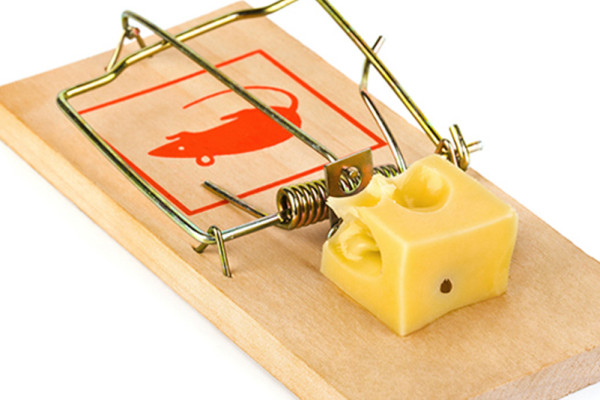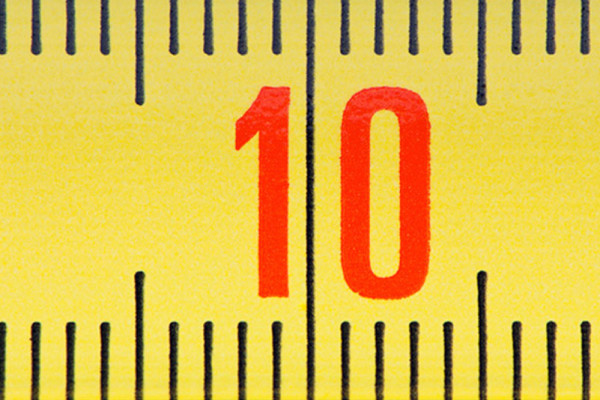Since you now have a firm grasp on what branding is all about…
…it’s time to move on to the all-important topic of logos. I bet you’re wondering: What is a logo exactly? How is it different from branding or identity? In this three part miniseries, I will continue to deconstruct each of these “steps,” explain their differences, their importance, and meaning of each. This week, we are continuing on to Step 2: Logos.
Step 1) Branding: the emotional perception or idea of a company
Step 2) Logo: an identifying mark or icon
Step 3) Identity: visual cues that support the logo and branding
The cornerstone of a company’s identity is its logo
While branding may be the foundation of a company, a logo is certainly its cornerstone. A brand isn’t much good if there is no visual representation or communication to accompany it.
So, what is a logo then? A logo is simply a mark that identifies a company, object, person, service, or idea. It’s meant to visually represent an entity and provide distinction, and sometimes superiority, from other entities.
A logo is simply a mark that identifies a company, object, person, service, or idea. Click To Tweet
A good logo should provide differentiation from competitors, offer clear identification, create credibility, bring order to chaos, and communicate a message. It should be relevant, versatile, cohesive, memorable, enduring, and legible.
For our purposes here, I will be referring to both symbols and wordmarks collectively as logos. For those that don’t know, a wordmark or logotype is simply the use of alphabetical characters to form a trademark (i.e., Coca-Cola). A symbol or icon refers to any distinct shape that either goes along with a wordmark or stands on its own (i.e., Apple).
The logo: old school meets new school
The logo, as we know it today, is both a rather recent phenomenon and as ancient as cavemen painting on walls. Let me begin by explaining the latter.
Human beings have always desired to claim ownership of goods and objects Click To Tweet
Ever since the dawn of time, human beings have desired to claim ownership of various goods and objects.
Some of the earliest examples that we know of are from the Mesopotamians and Romans, who engraved bricks to show where they originated from or where they were going. This usually was a crest, or consisted of a line of letters encased in a circle or crescent.
The branding of cattle also originates from this concept of ownership and identification, and was practiced by the Ancient Egyptians and Vikings as far back as 2700 BC. So the idea of using marks to claim ownership has been around for a while.
Using logos as a means to visually identity or distinguish certain goods or trades from others really exploded in Medieval Europe, on account of the population’s overall illiteracy. It was relatively easy and fast for the general population to identify crafts and goods by their logo, and the practice gained popularity.

Up until the 1900’s, logos of companies were generally literal drawings or fine art paintings. It wasn’t until the Industrial Revolution that the use of high conceptual symbols or icons took off and began replacing actual pictures (for example, check out the original Apple logo, above).
In summary:
Today, with mass communication and a growing global economy, it’s even more paramount for companies to distinguish themselves from their competitors, as well as claim a visual representation through the use of logos supported by strong branding.
Last tidbit
The word “logo” literally is Greek for “name” or “word.” The word “logo” is derived from “logotype,” which described a unique set of letters when hot metal presses were in use.





2 Comments. Leave new
Great post. I will read your posts frequently. Added you to the RSS reader.
Thanks for reading, Ben! Glad you enjoyed, I’m flattered you would add me to your feed. I apologize in advance that I don’t post more often! 🙂 Maybe now that I have a follower I’ll have to, right?